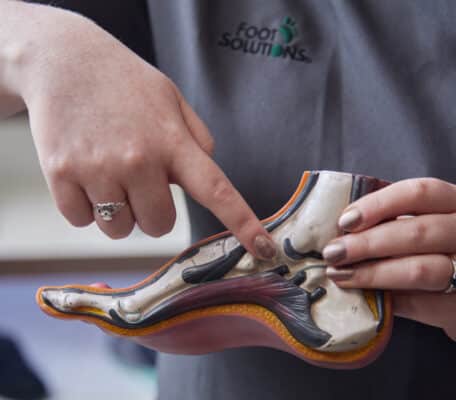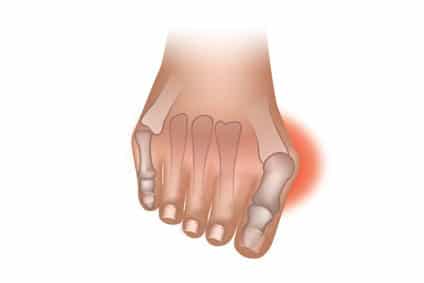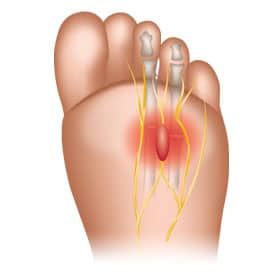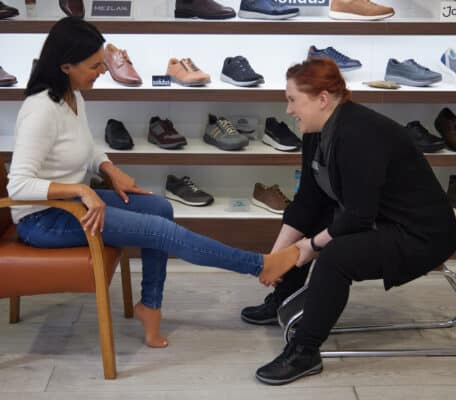If your feet feel very sore and achy when you first stand up in the morning after waking or when you get up after sitting for a long period of time, you may have plantar fasciitis. The plantar fascia is a band of connective tissue that runs along the bottom of the foot. It joins the heel to the ball of the foot. This tissue can become overly stretched, causing inflammation of the foot. There may be small tears in the plantar fascia that have difficulty healing properly due to the constant exertion of the feet.
Plantar fasciitis typically causes pain in the heel and the arch of the foot. The pain tends to be worst when a person first stands up after sitting or lying down for an extended period of time. Often times, the pain is described as feeling like the bottom of the foot is stretched too tight. The pain usually is relieved after you walk around for a little while and the plantar fascia loosens up a bit, but then gets worse if you are on your feet for an extended period of time.
Plantar fasciitis can occur in people who have either very high arches or flat feet. Depending what type of arch you have in your foot, you may need to wear arch supports or custom orthotic inserts.
If you aren’t sure whether you have high arches or flat feet, think about what your footprint looks like on the beach. Can you see the entire shape of your foot in the sand, or can you only see one side?
If the whole shape of the foot is visible, then your feet are flat. If you only see the toes, heel, and a crescent shape in the middle, then you have high arches. If you have foot pain that you suspect could be plantar fasciitis or that could be related to the structure of your foot, you should see a professional to have your feet assessed.
A professional can determine conclusively what type of arch you have and what the best course of treatment is for you.
People who have high arches tend to underpronate. The best type of shoe for someone who has high arches or underpronates is something that is well-cushioned. If you have high arches, avoid shoes that are flat or have hard, thin soles. Choose a low heel; not a high heel, but not a completely flat shoe, either.
If you have flat feet, you probably overpronate. The best type of shoes for you are rigid and well-supported with low heels. Your shoes should have some padding and provide motion control to limit overpronation.
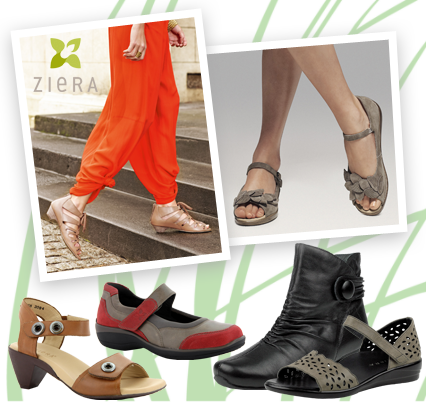 A neutral arch means that your arch is neither particularly high nor particularly low. If you have neutral arches, choose shoes that are comfortable and provide stability.
A neutral arch means that your arch is neither particularly high nor particularly low. If you have neutral arches, choose shoes that are comfortable and provide stability.
People who have plantar fasciitis should avoid wearing shoes that do not fit properly – as should anyone. Look for shoes with a roomy toe box so that you can wiggle your toes inside the shoes. Don’t commit yourself to a particular size. The feet do tend to changes sizes over time, and the size that you need can also vary from one brand and style to the next.
If you have plantar fasciitis, call in to a Foot Solutions store in your area. We will help you to assess the shape of your foot and arch so that you can find the perfect shoe. We have a large stock of comfortable shoes and arch supports. We can also create custom arch supports to help you get the perfect fit.

